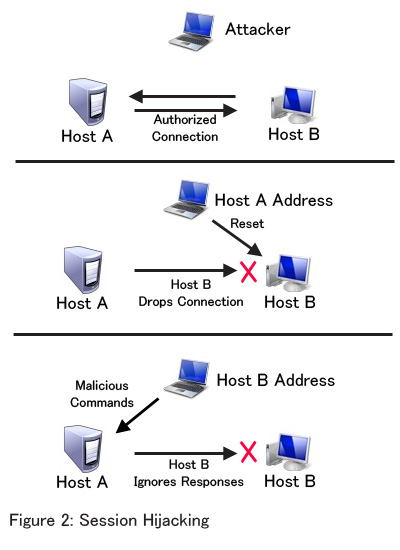

An attacker may be able to steal sensitive personal or company information, harvest credentials for use in a future attack or fraud attempt, spread malware through malicious links or attachments, gain unauthorized network access by taking advantage of trust relationships, or bypass access controls.

If the user is unaware that internet communications can be faked, they are especially likely to fall prey to a spoofing attack.Ī successful spoofing attack can have serious consequences. In some cases-such as whale phishing attacks that feature email spoofing or website spoofing-these messages may even be personalized to the victim in order to convince that person that the communication is legitimate. Spoofing attacks typically take advantage of trusted relationships by impersonating a person or organization that the victim knows. Attackers may also target more technical elements of an organization’s network, such as an IP address, domain name system (DNS) server, or Address Resolution Protocol (ARP) service, as part of a spoofing attack. Spoofing attacks can take many forms, from the common email spoofing attacks that are deployed in phishing campaigns to caller ID spoofing attacks that are often used to commit fraud. Spoofing is the act of disguising a communication or identity so that it appears to be associated with a trusted, authorized source.


 0 kommentar(er)
0 kommentar(er)
